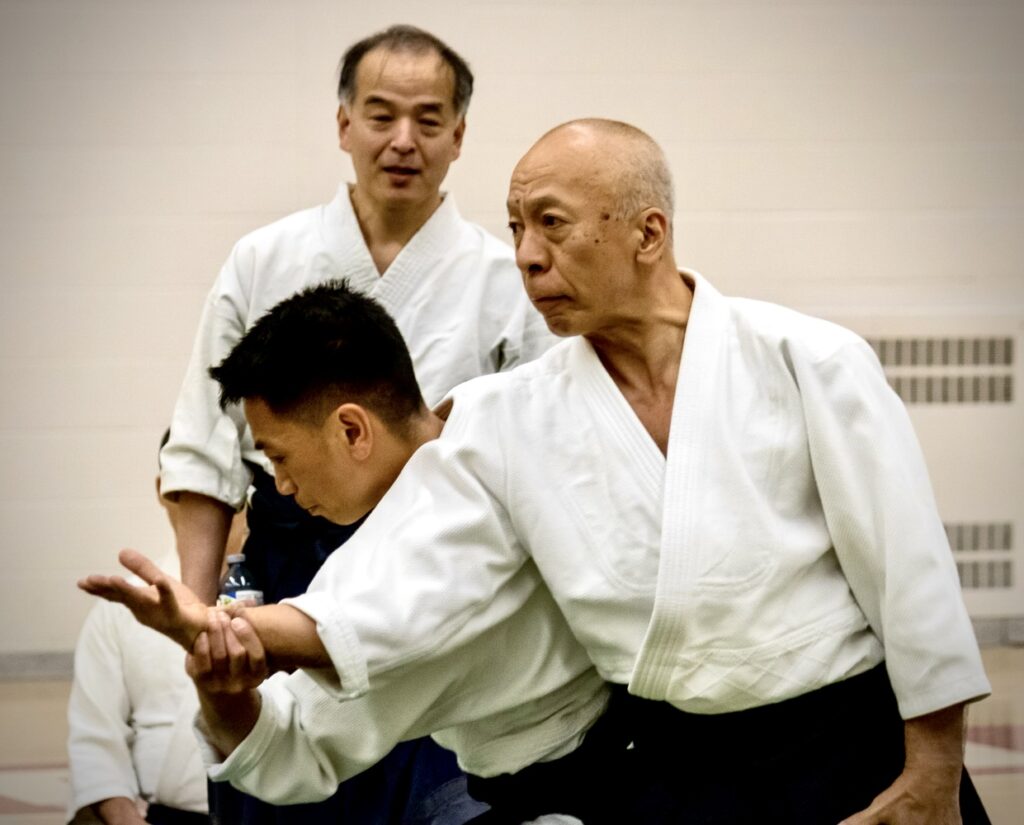
There’s a big difference between knowing what you’re doing and doing what you’re doing. That sounds cryptic, but bear with me.
In the first, you have an intellectual image of the steps involved in performing whatever the activity is – tenkan, for example.
In the second, through hundreds if not thousands of repetitions, the understanding transcends your conscious mind and settles into your body.
The only way you can learn to swing a bokken is by relentlessly swinging a bokken with presence of mind, not by intellectually thinking about how to swing a bokken.
Once you have grasped a movement, you no longer need to think about it. You simply know the feeling. It becomes as natural as scratching your nose. When you improve, it’s by fine-tuning the feeling, not the algorithm.
“At some point, self-consciously ‘understanding’ why you do what you do just slows you down and interrupts flow, resulting in worse decisions,” to quote educator Barbara Oakley.
Think about teaching a beginner to ride a bicycle. You can talk yourself blue in the face — “Hold the handlebars like this, sit like that with your weight just so, keep constant pressure on the pedals, shift your balance when you turn etc.” But until that person actually climbs on the seat, starts to roll, maybe falls down once or twice and finally gets the feeling of riding a bicycle in his or her bones, no real progress will be made.
As an Aikido instructor, it can be easy to slip into the “explaining” mode instead of emphasizing practice, where the learning actually happens. This is one of the reasons that students talking during class is such a negative… the wrong part of the brain is engaged.